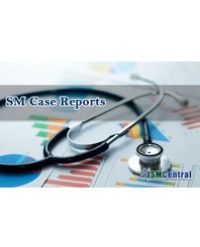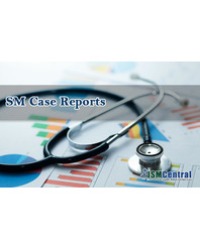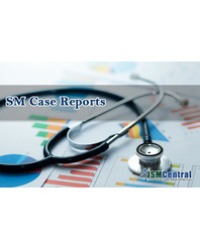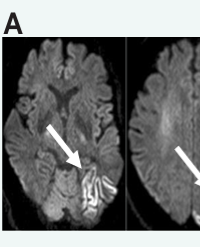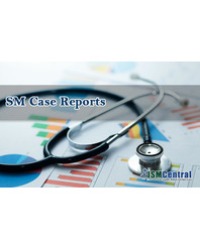
Psychogenic Hearing Loss: A Frequently Overlooked Part of Post Traumatic Brain Disorder
Psychogenic hearing loss is a frequently overlooked part of complex post traumatic trauma. This is a relatively new discovery as it has been mainly linked to hyperacusis before. The association of PTSD and psychogenic hearing loss is relatively new. Therefore, more investigation is needed, especially in the field of possible therapy options of said hearing loss,. Because little research and studies on this topic have been conducted, the treatment options are still limited and not well researched. Psychogenic hearing loss plays a big role in the day to day life of the patients and significantly lowers the life quality of the patients. Therefore it is crucial to find possible treatment options and strenghten the collaboration between the different medical personell working with these patients like audiometrists, ENT and psychiatry.
Veronica Neff* and Sandra Schmidt

